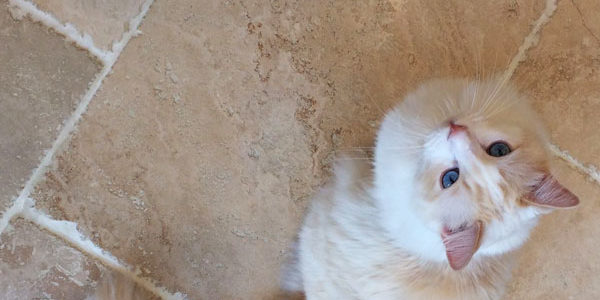SHOULD YOU CHOOSE UNDERFLOOR HEATING?
YES! Stone and Porcelain tiles are an excellent combination as the tiles, once heated, provide a heat sink throughout the day.
Underfloor heating has grown in popularity in both the domestic and the commercial sector as more people realise the lifestyle benefits.
Key factors that will influence the growth of the underfloor heating market are:
- A continued growth in the self-build housing market installing underfloor heating systems.
- Underfloor heating systems being used in new build homes as is now compatible with standard floor construction regulations.
- Growth in the conservatory sector and consumer tastes changing in floor coverings.
- More consumers are opting for wood/laminate and tiles
The benefits of underfloor heating:
It’s an invisible heating system. No noisy pipes or radiators are needed and that enables you to have complete design freedom in your home. The heat is spread evenly throughout the room, instead of being centred around a radiator or a fireplace, which provides a comfortable even climate. It’s also safe, clean, draft free and easy to install.
Prior to underfloor heating being laid, floor insulation should be added to prevent heat loss into the subfloor, otherwise more energy would be needed to heat the room. In most cases, underfloor heating can be the primary source of heating in a home as long as there is adequate insulation.
The benefits of stone tile flooring:
Stone tile flooring is healthier than carpets; it reduces dust and house mites and doesn’t trap hair or dirt. Once laid, the flooring will always look good, and some types of stone are like a good bottle of wine – they improve with age.
Stone tiles can be laid throughout the home: hallway, kitchen, conservatory, bathroom, walk-in showers, and wet rooms. It is becoming increasingly popular in both period and modern settings, and in some new builds, stone tile flooring is even being laid in bedrooms.
Stone tile floors have been used for centuries in the home; the traditional base was natural earth, but today they are usually laid on concrete that has been finished with a sand and cement screed. Stone tiles can be laid on timber floors, however because they are heavy you will need to ensure the structure can support the extra weight.
Both are:
- Practical and easy to maintain
- Ideal for allergy sufferers and asthmatics due to reduced creation of dust and house mites.
- Long lasting and cost-effective – once the tiles are laid, they never need to be replaced, unlike carpet and laminated flooring, and underfloor heating should last as long as the wiring in your house.
- Great investment for your property
Conclusion
Underfloor heating with stone tile flooring is growing in popularity as more people appreciate the benefits they can bring to the home and business. The room is enhanced as there aren’t any pipes or radiators, the stone tile flooring will add a touch of class to the overall appearance.








